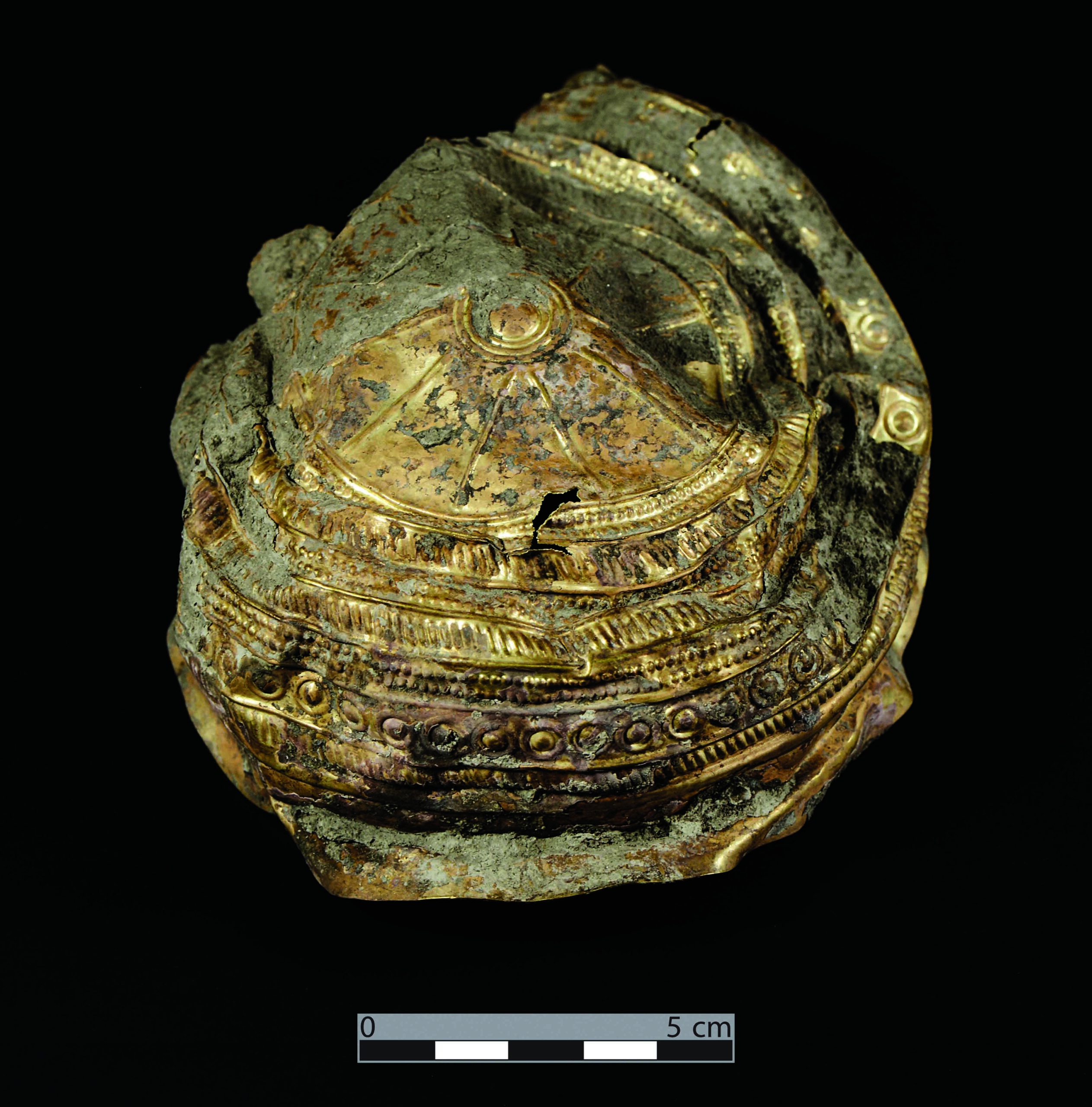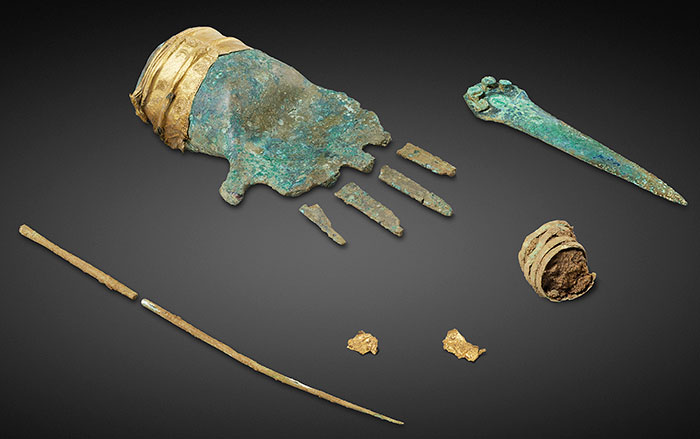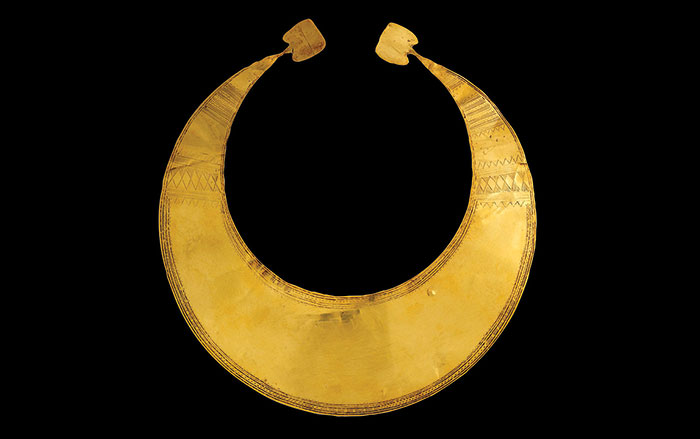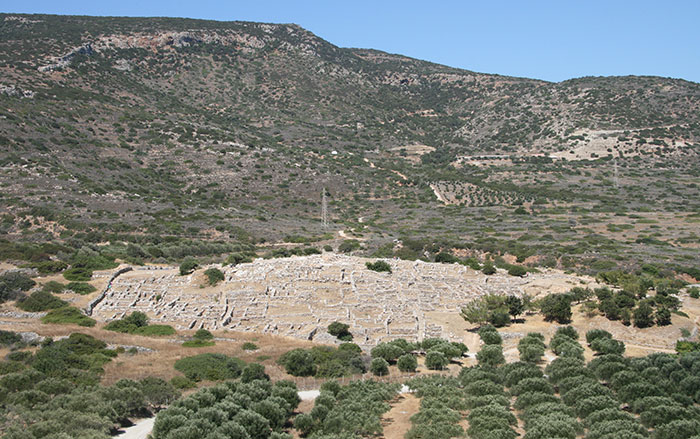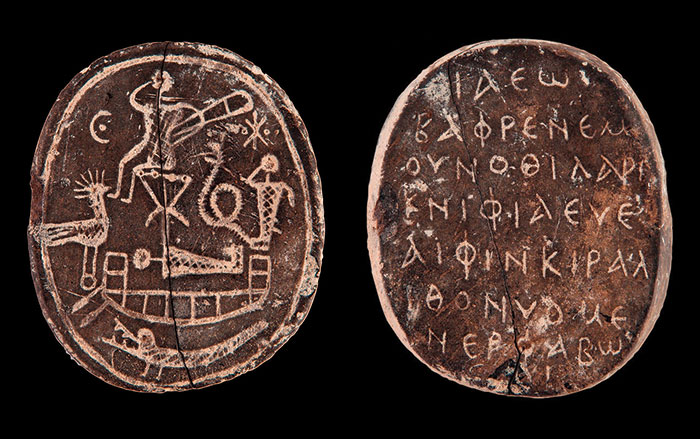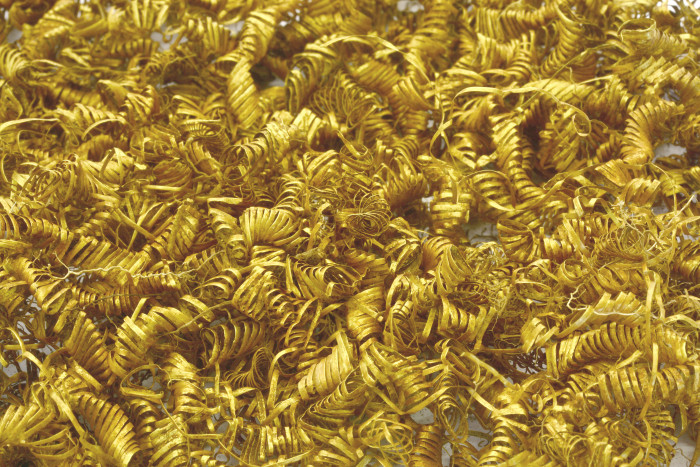
COPENHAGEN, DENMARK—Some 2,000 spirals made of gold have been unearthed in a field in southwestern Zealand, where four gold bracelets and six gold bowls have been found in the past. The spirals date to the Bronze Age, between 900 and 700 B.C. “Maybe the spirals were fastened to the threads lining a hat or parasol. Maybe they were woven into hair or embroidered on a ceremonial garb. The fact is that we do not know, but I am inclined to believe that they were part of a priest-king’s garb or part of some headwear,” Flemming Kaul of the Danish National Museum said in a Danish-language press release reported in The Local. The site has now yielded the most gold jewelry and other artifacts by weight from the northern European Bronze Age. “The sun was one of the holy symbols in the Bronze Age and gold was presumably seen as having some sort of particular magic power. It is colored like the sun, it shines like the sun, and because gold lasts forever, it was also seen as containing some of the sun’s power,” Kaul said. To read more in-depth about the Bronze Age, go to "Wolf Rites of Winter."


